What is a Floor Lamp and How Do You Choose One?
How gentle, directable light can contribute to your health
Written by Ian Yang
Sep 20, 2020
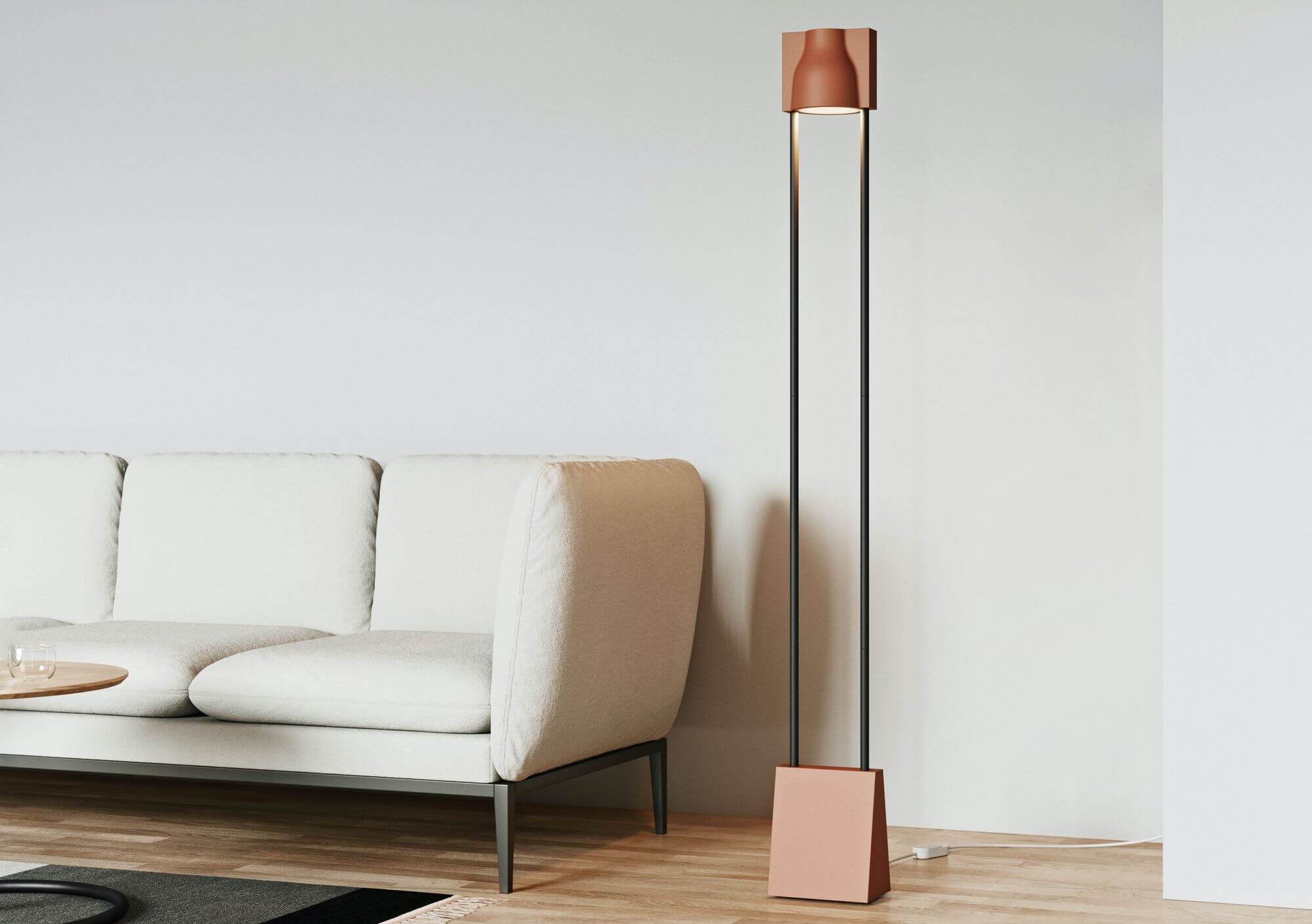
Carve Floor Light by Ammunition
As renters and new homeowners, it can be easy to neglect the diversity of our lighting, often relying heavily on built-in overhead lighting. Maybe you have a Table Light here and there but diverse, layered lighting is one of the keys to your health. It affects your long-term eye health, decreases fatigue and improves your overall mood. Enter Floor Lamps, a gentle, directable lighting solution that brings balanced height and varied illumination within your space. Read on as we explain what is a floor lamp.
What is a floor lamp?
Floor lamps are lights that stand independently on the floor instead of sitting on a surface like a table or hanging from the ceiling. Their main benefit is that they create welcomed, ambient lighting that protects your eyes from harsh contrasts like laptops or TVs. Unlike traditional overhead lights, floor lamps reduce glare on shiny surfaces so there's no more squinting at the dining room table. Whether you live in an apartment with pre-installed overhead lights, a house with pre-wired wall lights or a condo with a mix of the two, floor lamps are a must for any home.
Why effective, layered lighting is important
Effective, layered lighting is necessary in all homes because it protects your eyes from a number of dangers. It protects your eyes from macular degeneration and prevents headaches and fatigue. It also improves your ability to identify colors, contributes to contrast visibility and reduces the likelihood you might trip or fall. Layered lighting, achieved by combining two or more categories, widens and deepens the room by brightening the walls and making them seem taller.
Layering lighting also eliminates dark corners, a simple trick which can make the room feel less closed off. Combining different lights together in a single room also improves the overall quality of light. One light might be too harsh or too dim on its own, but adding floor lighting to a room with only one light makes it easier to appreciate contrasts, making your visual experience a bit richer.
Why should you choose a floor lamp and what are its benefits?
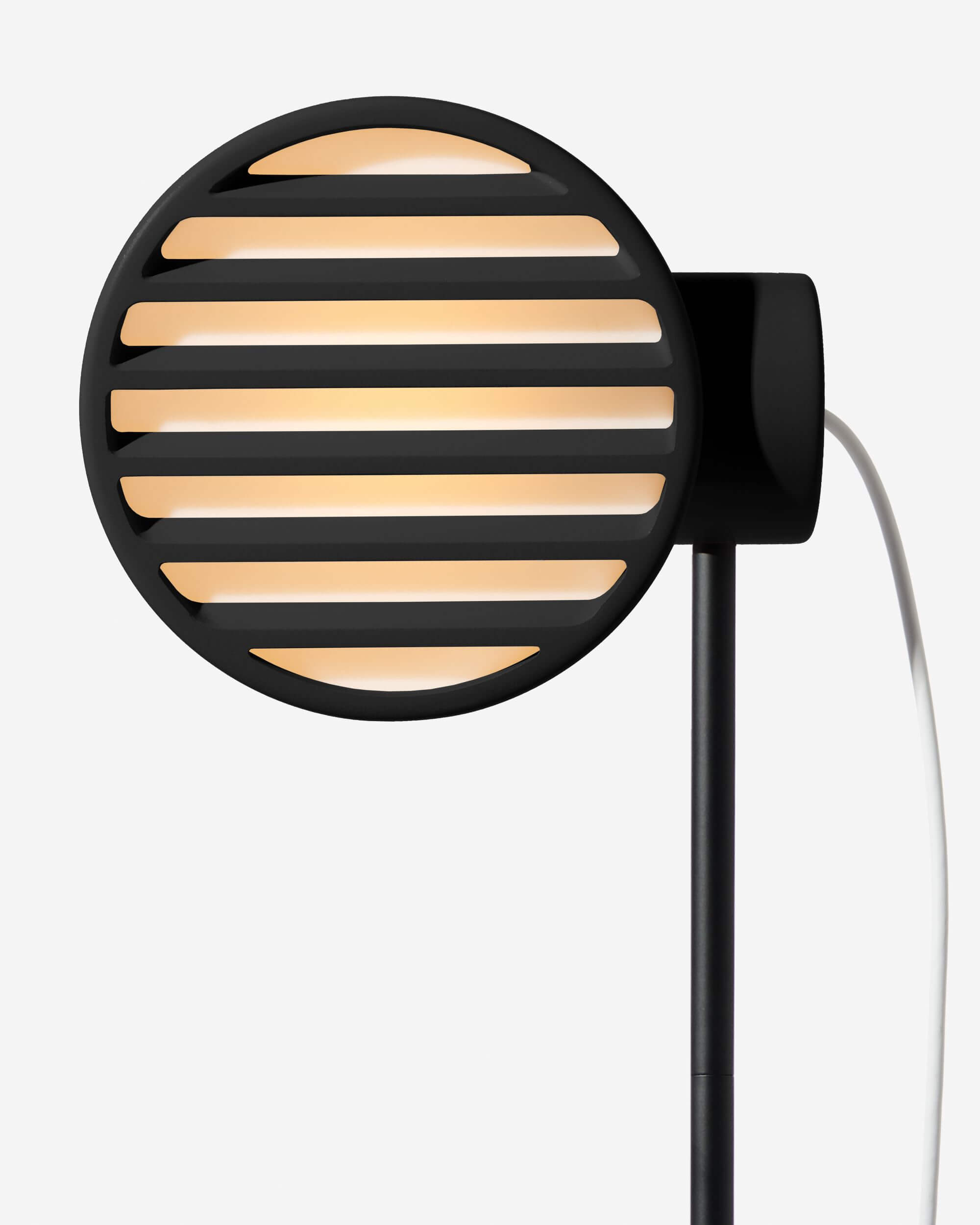
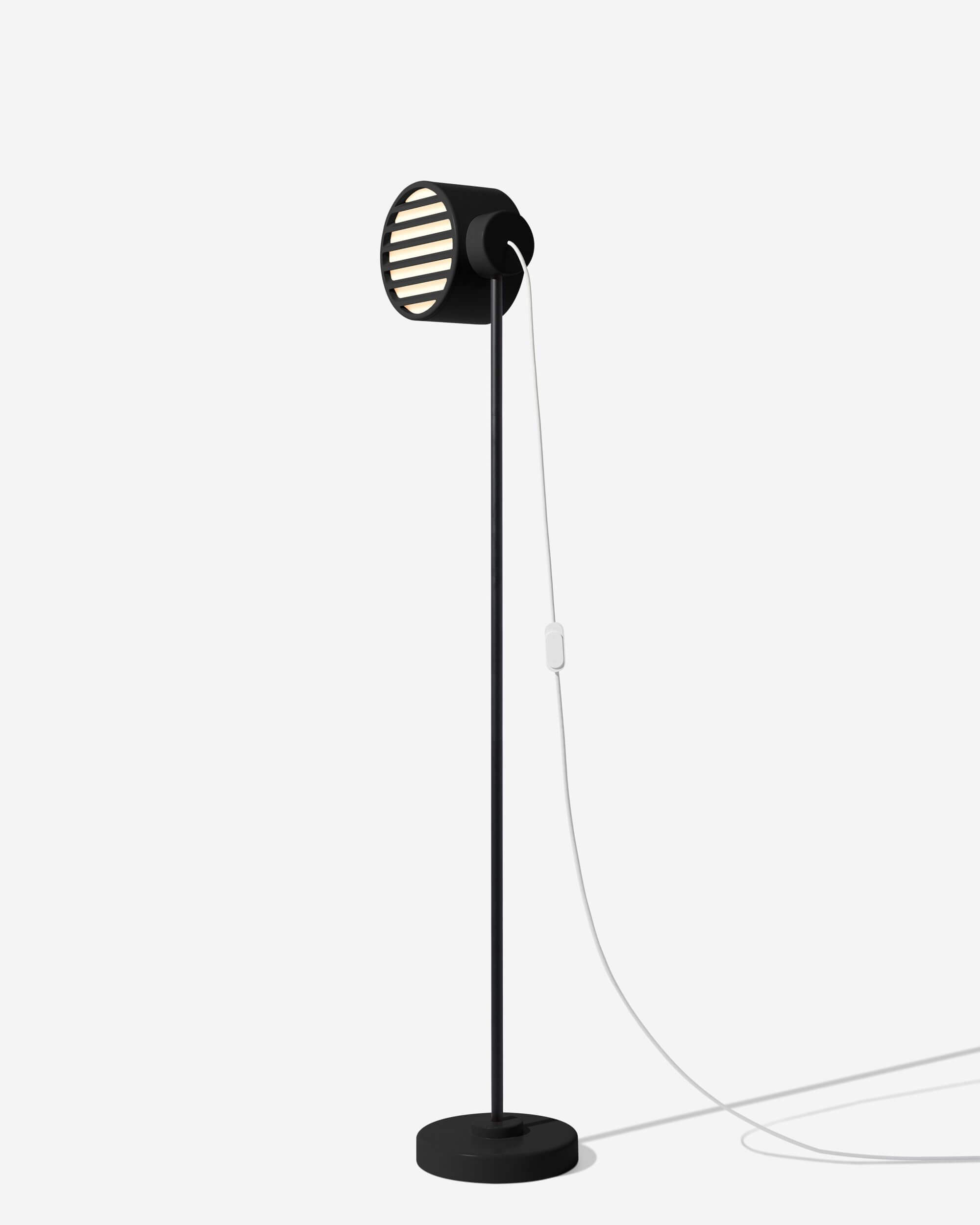
Signal Floor Light by Ammunition
Lights on the floor don't take up space like table lights do
Unlike table lamps, floor lamps take up very little space because they are designed to be tucked into corners or arched over furniture. They are also more stable than Table Lights because Floor Lights are typically placed against a wall or in another unobtrusive area rather than on usable surfaces, making them less likely to be knocked over. Because Floor Lights are generally thin-framed and flexible, they are ideal for compact spaces common in apartments and guest houses. Floor Lights are also perfect for apartments because they provide a mix of lighting options, from mock-overhead lighting to directional task lighting without having to wire them into the wall like most other lights.
Floor lighting provides gentle but bright illumination
Consistent, gentle lighting is important for eye and brain health. Poor lighting -- defined as lighting that is either too harsh or too dim -- is damaging to your eyes and can damage your brain over time. This can lead to headaches and other issues. While it is commonly known that our eyes perform best in light that mimics the sun, it is less known that poor lighting can hurt the brain as well. Recent studies have found that repeated exposure to dim, poor quality light reduces cognitive function by harming the hippocampus, which is responsible for memory and learning. Bright, consistent light has been shown to protect brain cells, improve function, preserve energy and boost positive moods.
Floor Lights offer gentle but bright illumination that can be adjusted as needed by carrying the light to a new spot or by tilting its head in another direction. They also offer more consistency in your home’s lighting by eliminating dark spots which are especially common in homes with open floor plans. Apartments with a single open space instead of separate dining and living rooms are more likely to have gaps in illumination because a single overhead light is usually the only light installed by landlords for the entire area. Placing a floor light near your dining table and another near your couch will prevent the dark spots that make a room feel smaller and more cramped.
Floor lamps are incredibly versatile
Floor Lights are arguably the most versatile type of residential lighting because they can be easily moved from place to place. Different types of floor lamps also offer different types of functionality. For instance, floor lamps can be used as task lights when you work or read, for overhead lighting while sitting on your sofa or for display lighting. Floor Lights can be used by themselves or combined with other lights. For example, using a Floor Light with a Table Light while working in the evening protects your eyes from the harmful contrast caused when you look up from your desk or computer.
While Table Lights are great for temporarily illuminating a workspace, if they are not paired with another light in a dark room, your eyes will have difficulty adjusting when you take a break. Adding a Floor Light to your workspace will provide a gentler transition and prevent the shock that happens when you try to refocus your eyes from a brightly lit area to darker surroundings.
Varying types of floor lamps offer different grades of visual expansion
General lighting, like that provided by overhead or pendant Lights, tends to wash out and flatten a room when not combined with other light sources. This occurs because wide washes of light directed downwards from the ceiling cannot create dimension on their own. Floor Lights -- with their directable heads and expandable heights -- are needed to add angles and contrast to a room.
How to choose a floor lamp? What to look for?
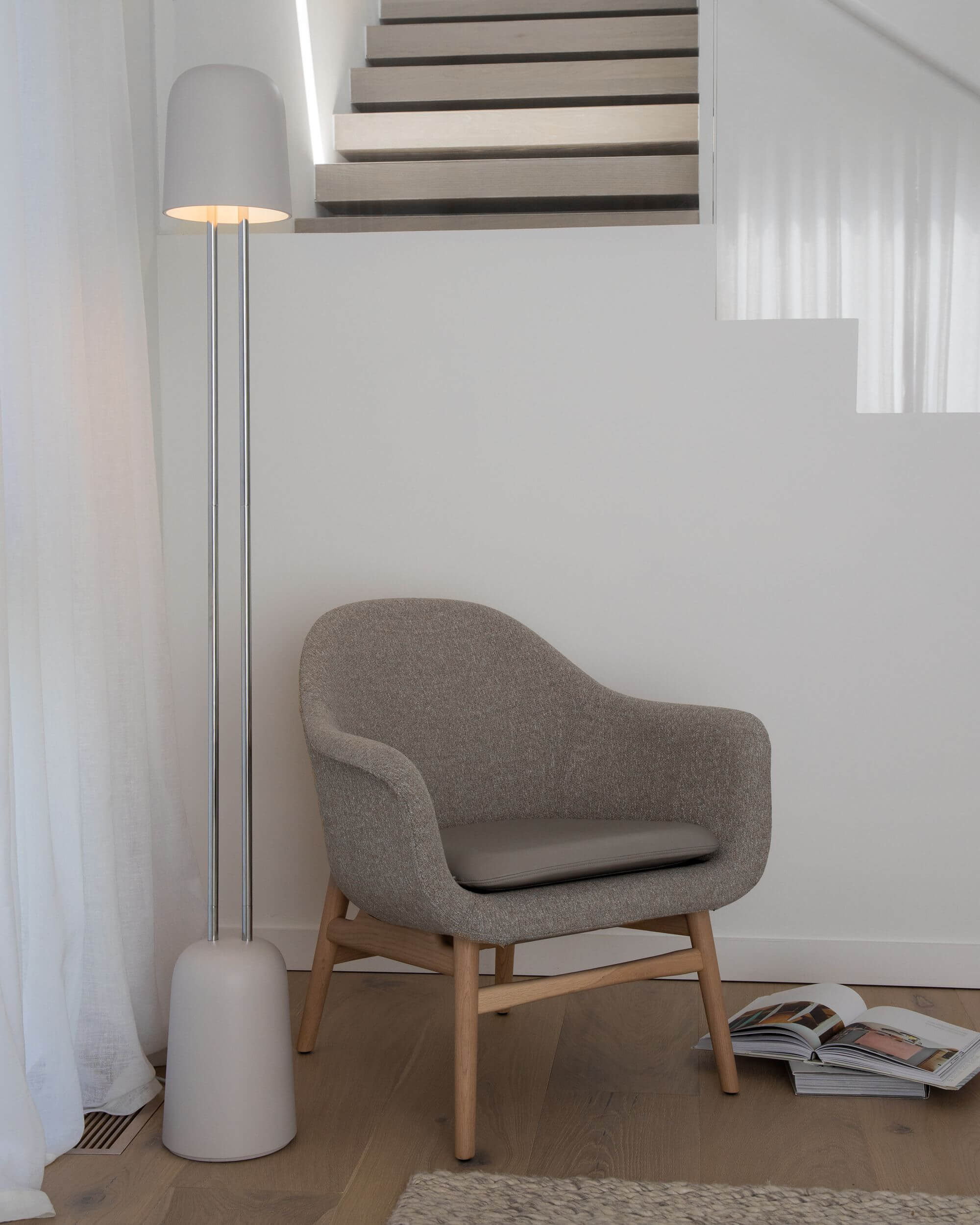
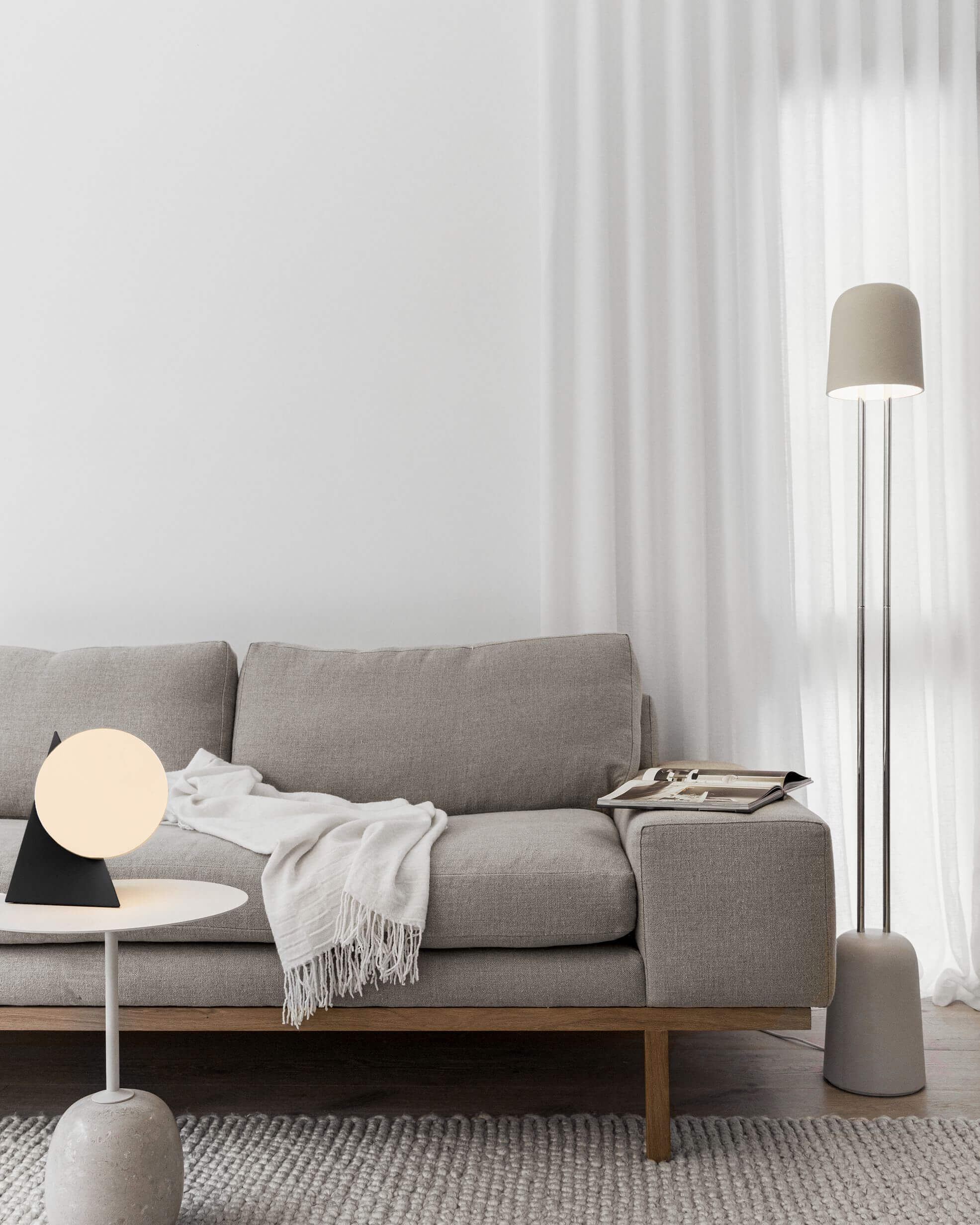
Gio Floor Light by Ammunition
Adjustable and lightweight
One of the key elements of good lighting is adjustability or customization. Your lighting needs change throughout the day based on the amount of natural light entering your home, which tasks you are performing and how much energy you have. The best way to find the right amount of light at any given time is to place a light at a distance and slowly move it towards you until you can easily read a book, work on a project or play a board game without squinting.
An effective Floor Light does not need to have an adjustable head or body as long as it is lightweight enough to be moved around and has adjustable light intensity. Floor Lights with jointed arms that can be tilted down or upwards are typically much heavier and less well-balanced than unjointed Floor Lights, making them much more difficult to move around your home -- and almost impossible to transport when moving to a new house.
A lightweight Floor Light without joints is usually better than a heavy Floor Light with adjustable arms. An adjustable head or body is not nearly as important as adjustable light intensity, so finding a Floor Light with a dimmer is paramount.
Tall but well-balanced
The ideal Floor Light has a height compatible with your needs. Though the height you want might depend on how tall you are, how tall the ceilings are and how you plan to use your light, research has shown that the best experience is achieved when the light’s bulb is elevated between 55 and 67 inches from the floor.
When used as a task light, the bulb should be dropped slightly -- between 50 and 63 inches -- and angled towards whatever you are working on, reading or playing with. Effective Floor Lights are also well-balanced, meaning that they are neither top- nor bottom-heavy and that the shade is around the same size as the base. The Carve Floor Light by Ammunition is a perfect example of a well-balanced Floor Light because it is only 65” tall at its tallest and the width is consistent from bottom to top.
A bright Floor Light, but not harsh
Floor Lights with bright, warm LED lighting are ideal because they provide the best quality light for a variety of activities. Floor Lights that can be dimmed or intensified throughout the day as the natural light in your apartment or house changes are also best because they will protect your eyes from straining.
How to choose a floor lamp for different rooms

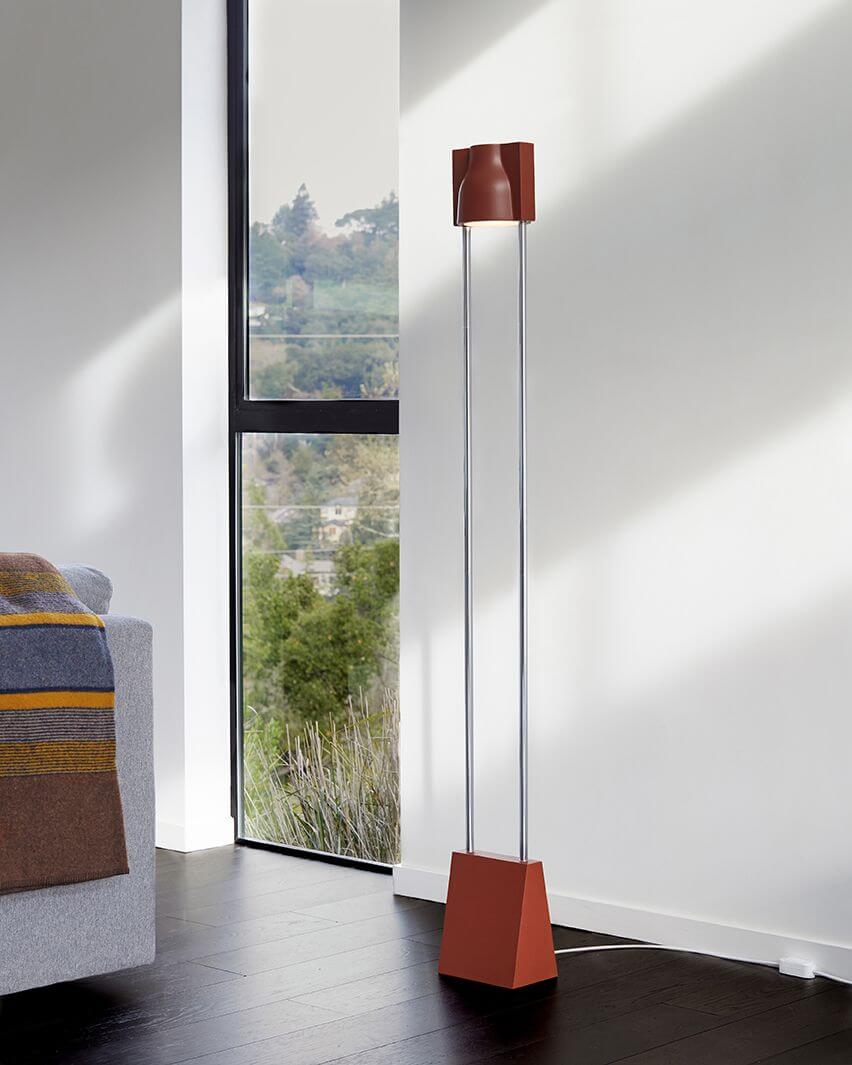
Signal Floor Light and Carve Floor Light by Ammunition
By placing a Floor Light in every room you can ensure lighting consistency. This is important for preserving the health of your eyes over time. Consistent lighting is also important as you age, because it can shorten the time your eyes need when moving from room to room. This adjustment can lead to errors in depth perception and object identification, making you more likely to bump against, trip over or fall into something that could hurt you. Try to place Floor Lights near doorways in each room so that when you open the door, you can turn on the light easily and illuminate most of the space. Consider a Floor Light in vestibules between rooms too. These areas are often overlooked in terms of lighting and can be risky areas in the dark. Read on for ideas on how to choose a floor lamp for different types of rooms.
Home office
Add a Floor Light – or two – to your office and lessen the pain that occurs behind your eyes when you look up from your brightly lit computer across the dark surroundings of your workspace. Place one Floor Light near your desk to ease the transition and another near your filing cabinet or other storage area so your path is lit wherever you go. Maintaining consistent lighting throughout your office space will relax your eyes and your body by preventing you from craning towards your task light as the natural light fades throughout the day.
Entryway
Situate a slim Floor Light like the Gio Floor Light near your hall tree, umbrella stand or coat rack so you can remove your outerwear, take off your shoes and fold away your umbrella without tripping over clutter. Placing a Floor Light near the entryway of your home will also ease the lighting transition as you step inside.
Living room
Consider these floor lamp ideas for your living room. Place a Floor Light near your reading nook, couch or television to add depth and usable light to the space. Consider positioning a Floor Light in corners near windows as well to aid in transitional lighting as daylight fades or increases. Achieve cross-lighting – perfect for entertaining a group of guests or playing a board game on the coffee table with your partner – by adding a Floor Light next to your couch, opposite a Table Light on an end table.
Bedroom
When choosing Floor Lights for your bedroom, make mornings easier by setting up a dimmable Floor Light near your full length mirror or vanity. If your bedroom does not have overhead lighting, consider placing a Floor Light in the corner next to the door to prevent you from bumping into anything when you enter the room. This corner-placement will also make your bedroom feel bigger by visually widening the connection between walls.
Dining room or breakfast nook
Situate a Floor Light close to your dining table, wine rack or bar cart to avoid the harsh glare of overhead lighting. Enhance the mood of your home by placing gently illuminating floor lights in areas you sit with your partner. Placing a dimmable Floor Light like the Signal Floor Light near your formal dining table or in your breakfast nook will allow you to create a romantic or relaxing atmosphere similar to candle- or early-morning light.
How to choose a floor lamp: A summary
Whatever your lighting needs may be – whether you are searching for a second or third light to provide a bit of depth in your living room or are hoping to find a gentle task light for your office – you can never go wrong if you know how to choose a floor lamp. Gantri’s collection of floor lamps – which includes the Carve Floor Light, Gio Floor Light and Signal Floor Light -- offers sleek silhouettes and lightweight bodies each equipped with a dimmer, making any one of the three a perfect choice for your home!
© 2025 Gantri, Inc. All Rights Reserved.